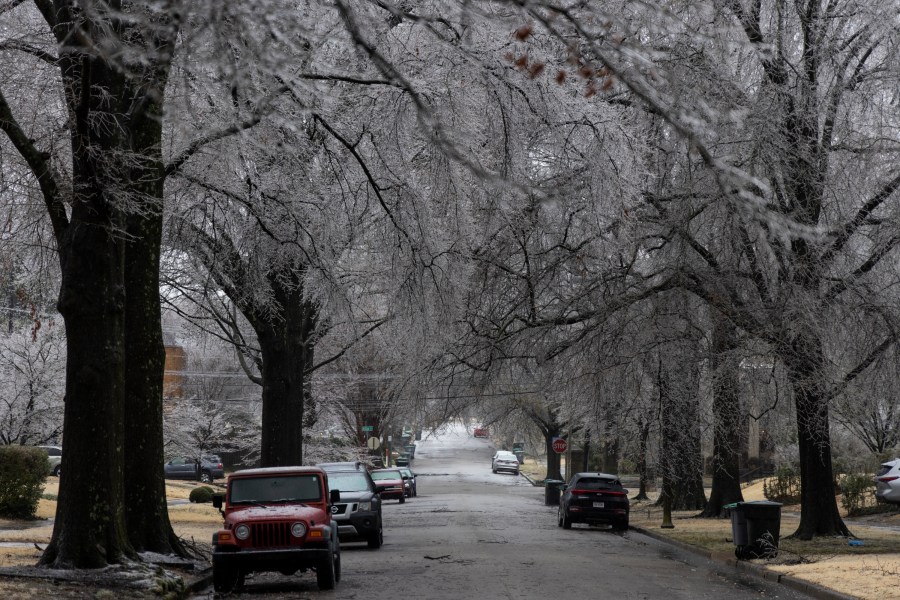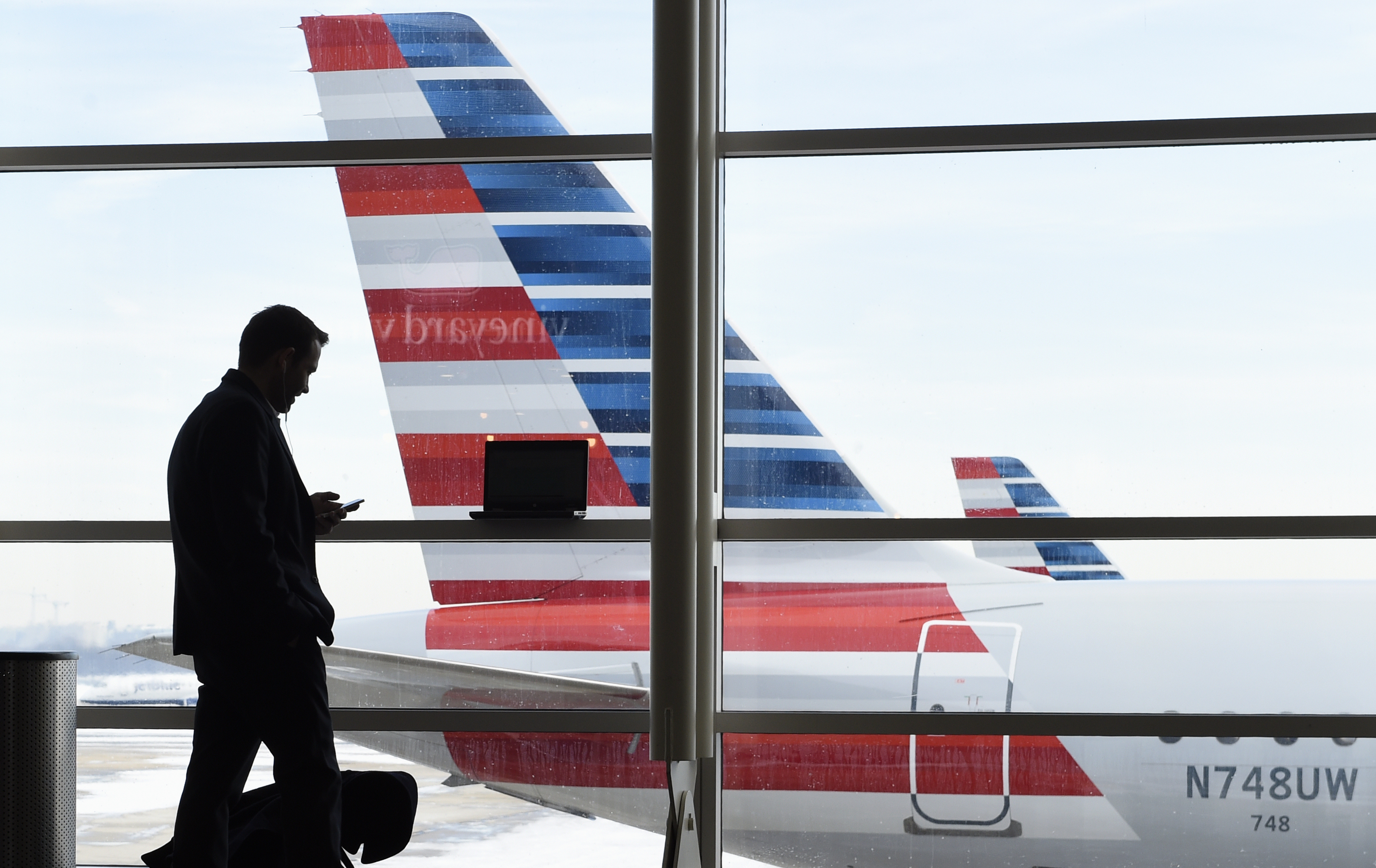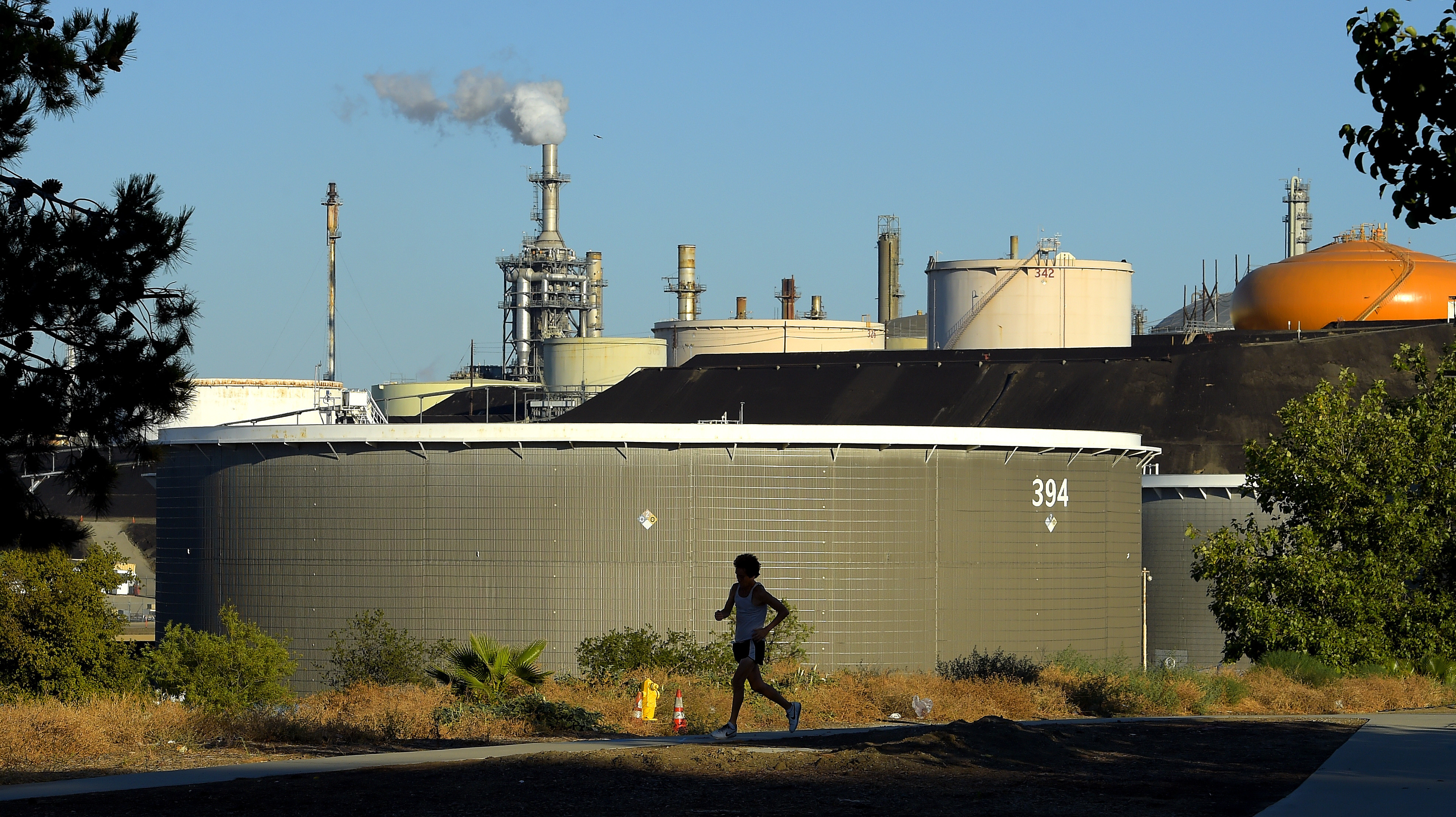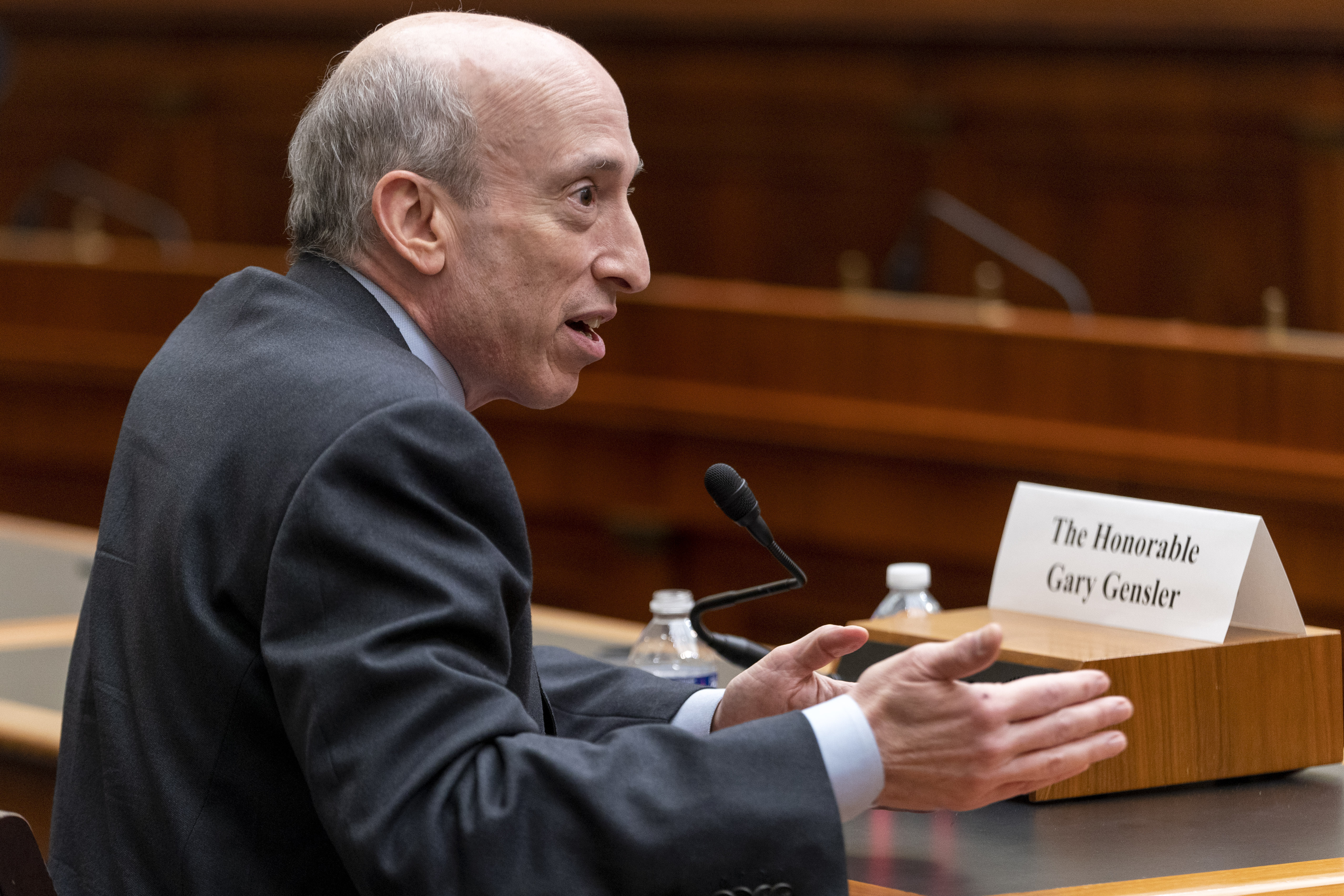Hampton Roads is no stranger to icy conditions during the winter months – more often than not you’ll hear the Super Doppler 10 Weather Team mention the “rain-snow” line. It’s one of the primary reasons it’s quite difficult to get snow around these parts, and this morning was a prime example. The rain snow line tried to creep in from the north but the colder air couldn’t quite make it, so we’re left with a chilly rain through the morning.
There are five main types of precipitation that fall during the winter – rain, freezing rain, sleet, snow, and graupel. These are all just dependent on how warm and cold air layer over each other in the atmosphere.

With a cold (below freezing) layer of air from the surface to the top, precipitation will fall as snow. When the air is above freezing from top to bottom, precipitation simply falls as rain. In between, on the rain-snow line, is where we introduce the icy and slick forms of preciptiation.
Sleet falls first as a liquid, rain, through a shallow layer of warm air. On the way down, the rain then enters a deep layer of cold air (below freezing), the rain drops freeze over to ice pellets on their way to the ground. Sleet accumulates in a similar fashion to snow, and can create icy and slushy conditions.

Freezing rain falls to the ground as liquid rain, however, when it reaches the surface it enters a shallow layer of cold air. The liquid rain freezes on contact with things at the surface – cars, roads, trees, power lines, etc. This creates a dangerous conditions, sometimes coating surfaces in a thick layer of ice.
Lastly is graupel, which is often mistaken for hail as it appears as small ice or hail pellets. However, graupel is specific to the winter season, and forms when a thin layer of warm air is trapped between cold air. As snow falls and enters the thin layer of warmth, the outer edges of the snowflake melt before then refreezing on their way through the remaining cold air. This creates a small pellet with ice on the outside and soft snow on the inside.
All of these types of precipitation tend to fall around that rain-snow line and usually make up what we call a “wintry mix”.
Meteorologist Steve Fundaro























